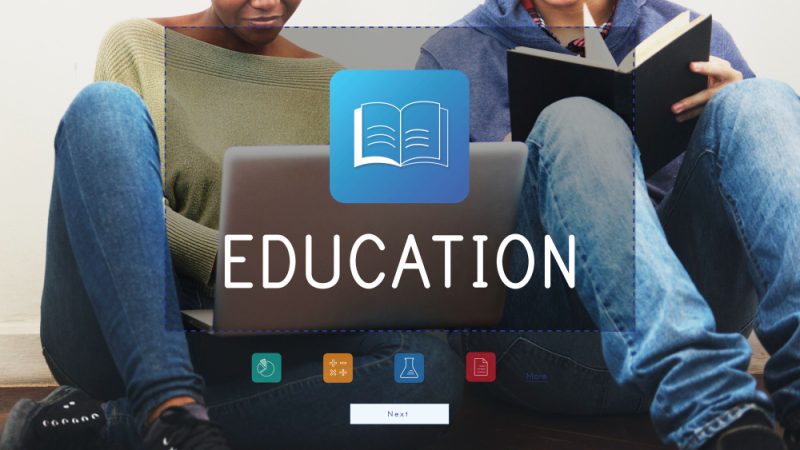Best Practices for Teaching Your Class How To Evaluate Online Sources

In the internet era, knowing how to find and evaluate online sources is a crucial skill for students. However, with so much online information available, it can be challenging to determine which sources are reliable and trustworthy.
As a teacher, equipping your class with the tools they need to evaluate online sources critically is essential. The internet is a vast, open space where anyone can publish information. Still, not everything is accurate or reliable. Teaching students how to evaluate online sources can help them avoid being misled and ensure they use credible information for their research. Let’s discuss some of the best practices for teaching your class how to evaluate online sources effectively.
Integrate Library Hotspot Lending Programs
Some communities have a library hotspot lending program, allowing students without reliable internet access at home to check out a mobile hotspot to use for school work. Integrating these hotspots into your class can help ensure that all students have equal access to online resources, making it easier for them to evaluate online sources effectively outside of the classroom.
Hotspots for schools can also be useful in teaching online source evaluation. Encourage your school to invest in classroom hotspots so students can access online resources during lessons.
Introduce the CRAAP Test
The CRAAP test helps students evaluate online sources. It stands for “Currency, Relevance, Authority, Accuracy, and Purpose.” Each element should be considered when assessing an online source.
“Currency” refers to how up-to-date the information is. “Relevance” refers to how closely the information relates to the topic. “Authority” refers to the source’s and author’s credibility. “Accuracy” refers to the information’s correctness and truthfulness. Finally, “Purpose” refers to the reason the information was created, such as to inform, persuade, or sell a product.
Teach Students To Recognize Bias
One of the most critical skills in evaluating online sources is recognizing bias. Bias is a preference or inclination towards a particular perspective or idea. This can be intentional or unintentional, but it may affect the information’s accuracy and reliability. Teach students to look for signs of bias in online sources, such as loaded language, omission of important details, or the use of emotional appeals.
Encourage Students To Fact-Check
Another essential skill in evaluating online sources is fact-checking, which involves verifying the accuracy of information presented in an online source. Encourage students to use multiple sources to verify information, cross-referencing different sources to ensure accuracy. Teaching students to look for credible sources, such as academic articles or reputable news outlets, is also helpful.
Teach Students About Domain Authority
Domain authority measures a site’s trustworthiness and credibility based on age, popularity, and relevance. Websites with higher DA, like 50-60, are more likely to be trustworthy sources of information. Teach students to look for sites with high DA, such as government websites, academic institutions, and established news outlets.
Additionally, teach students how to evaluate the credibility of a website by looking at the URL. Encourage them to look for sites with domain names that end in “.gov,” “.edu,” or “.org,” as these are typically more reliable than those that end in “.com” or other domain extensions.
Use Real-Life Examples
Using real-life examples can be an effective way to teach students how to evaluate online sources. Incorporate current events or topics of interest into lessons and use them as opportunities to teach students how to evaluate online sources effectively. For example, ask students to assess the credibility of a news article related to a current event or have them evaluate a website that sells a product.
Using real-life examples, you can help students see the practical application of online source evaluation, making remembering and applying the skills they learn in your class easier.
Teaching students to evaluate online sources is an essential skill that will benefit them throughout their academic careers and beyond. By introducing the CRAAP test, integrating library hotspot lending programs, teaching students to recognize bias, and encouraging them to fact-check, you can help your students become confident and competent online researchers.






